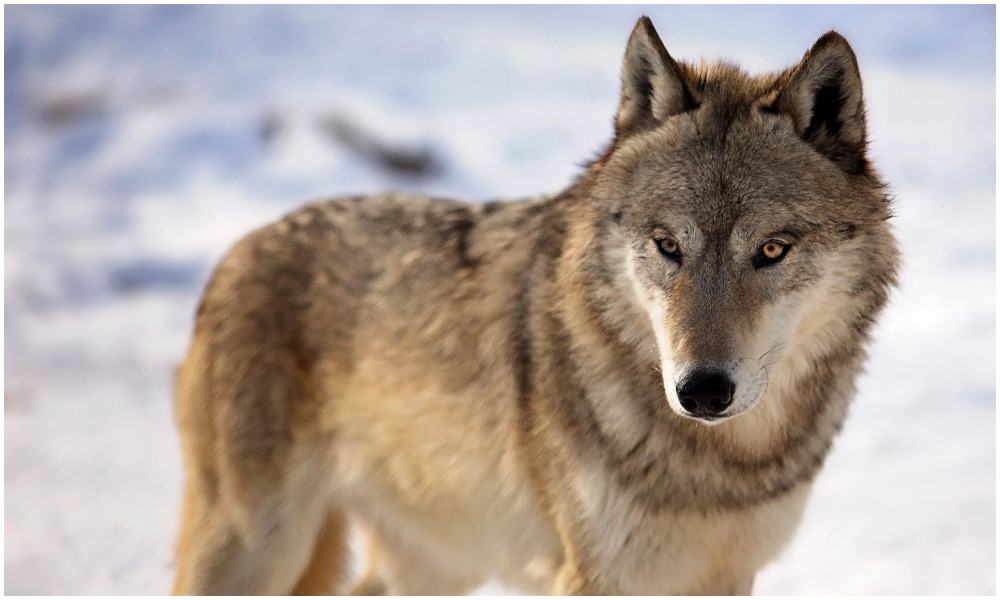DNR says hunters and trappers registered 60 wolves killed on Monday’s first day of hunting season.
Wisconsin’s Department of Natural Resources on Tuesday said hunters and trappers in the state filled half of the state’s wolf harvest quota in just one day.
“A total of three wolf harvest zones have closed this season,” DNR said in a short release. The three zones will officially close Wednesday at 10 a.m.
The closed zones include the entire southern two-thirds of Wisconsin, parts of central Wisconsin, and a piece of the north woods.
DNR says hunters and trappers registered 60 wolves killed on Monday’s first day of hunting season. The harvest limit this year is 200 wolves, but DNR said the goal is 119 wolves trapped or shot.
Wisconsin’s wolf hunt season is scheduled to run through Sunday. Although, with the success of day one, no one expects that it will be open that long.
This is Wisconsin’s first wolf season after the gray wolf was removed from the endangered species list. DNR wanted to wait until November to begin hunting and trapping, but Wisconsin law required a hunt this month.
Wisconsin’s Wolf Hunt
Earlier this month, the Wisconsin Institute for Law & Liberty (WILL), filed a lawsuit in Jefferson County Circuit Court against Wisconsin DNR Secretary Preston Cole, the Wisconsin DNR, and the Wisconsin Natural Resources Board, for failing to schedule a wolf hunt season this winter. The judge ruled that the Wisconsin DNR had to establish a wolf hunting and trapping season this month.
According to the Wisconsin DNR’s website, the grey wolf is native to Wisconsin and at one time had numbers in the 3000 to 5000 range prior to European settlement. During the 1800s, over hunting by settlers severely reduced the numbers of bison, elk, caribous and moose and almost eliminated white-tailed deer. As prey became scarce, wolves began to feed on livestock. The state legislature then passed a bounty on wolves in 1865 which continued until 1957.
Table of Contents






![WATCH: Elon Musk Town Hall Rally in Green Bay [FULL Video]](https://www.wisconsinrightnow.com/wp-content/uploads/2022/04/Elon_Musk_3018710552-265x198.jpg)



![The Great American Company [Up Against the Wall]](https://www.wisconsinrightnow.com/wp-content/uploads/2025/03/MixCollage-29-Mar-2025-09-08-PM-4504-265x198.jpg)
![The Wisconsin DOJ’s ‘Unlawful’ Lawman [WRN Voices] josh kaul](https://www.wisconsinrightnow.com/wp-content/uploads/2025/03/MixCollage-29-Mar-2025-08-48-PM-2468-265x198.jpg)
